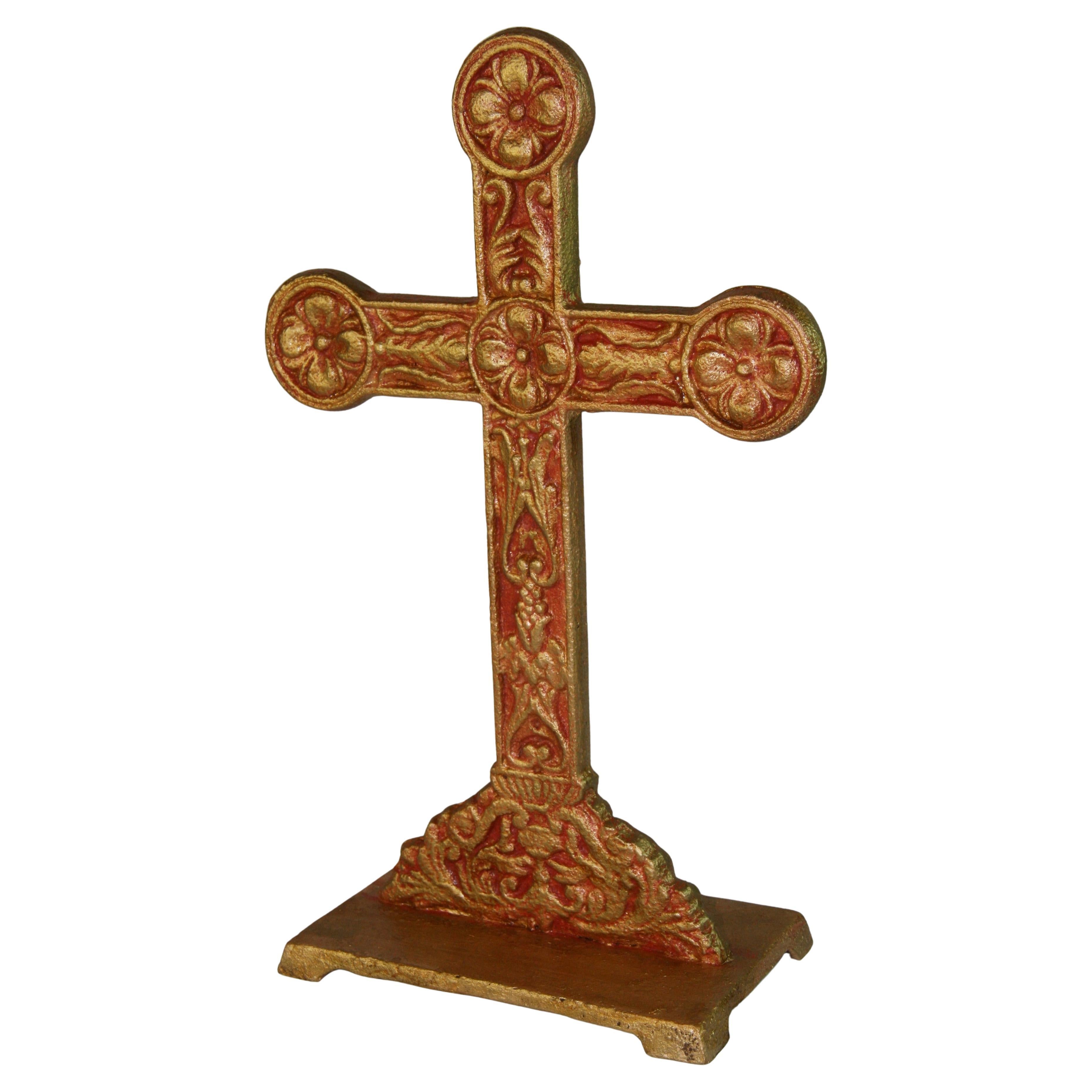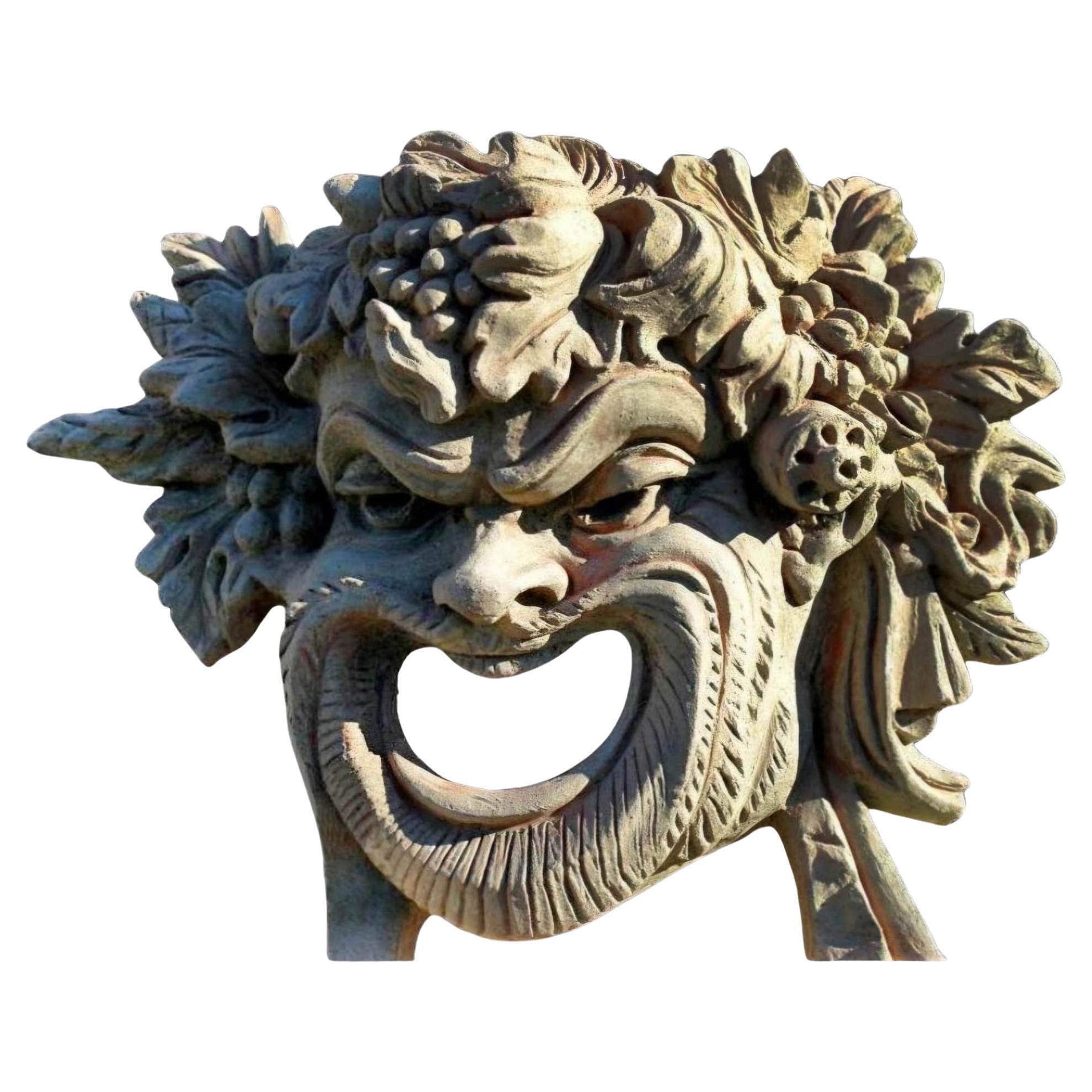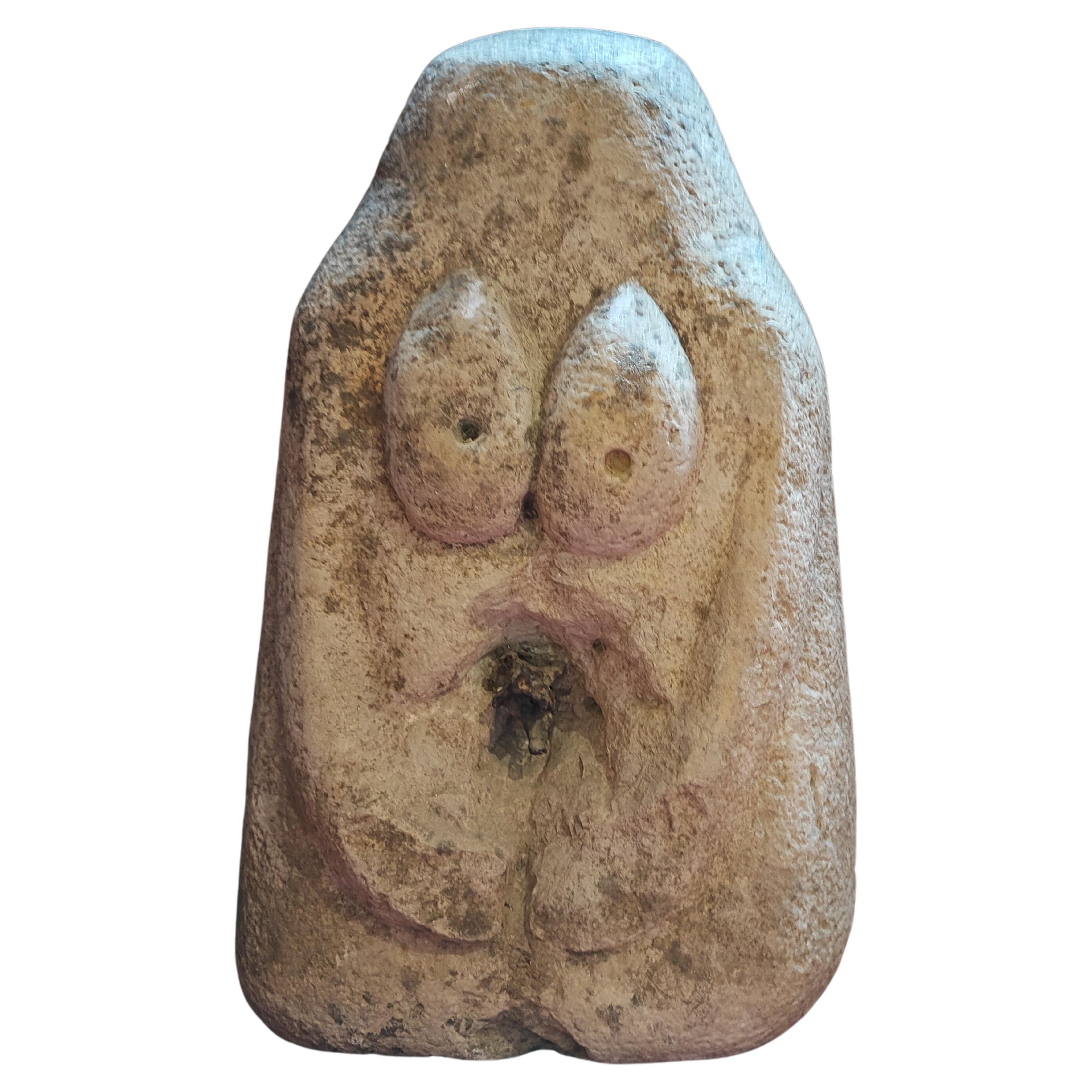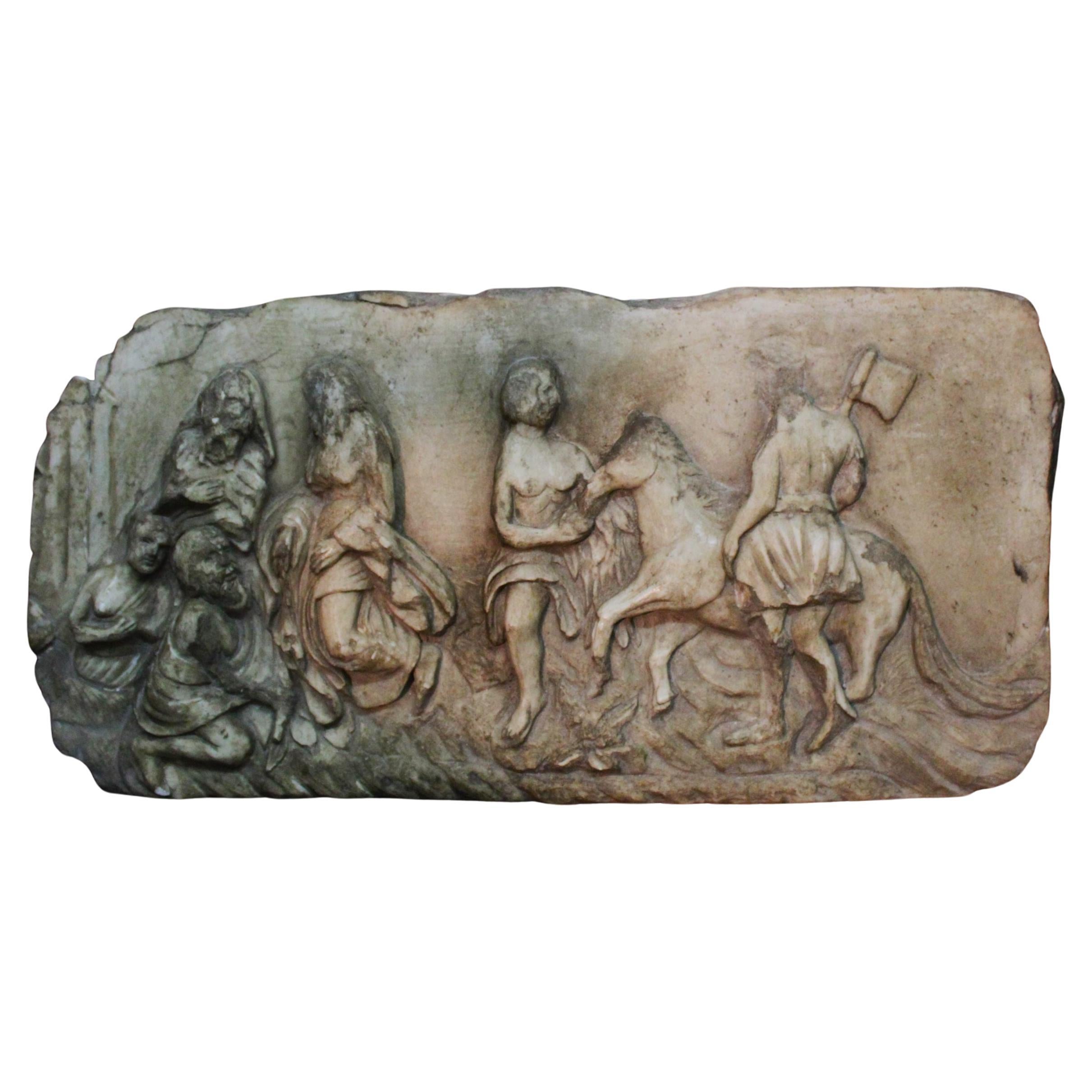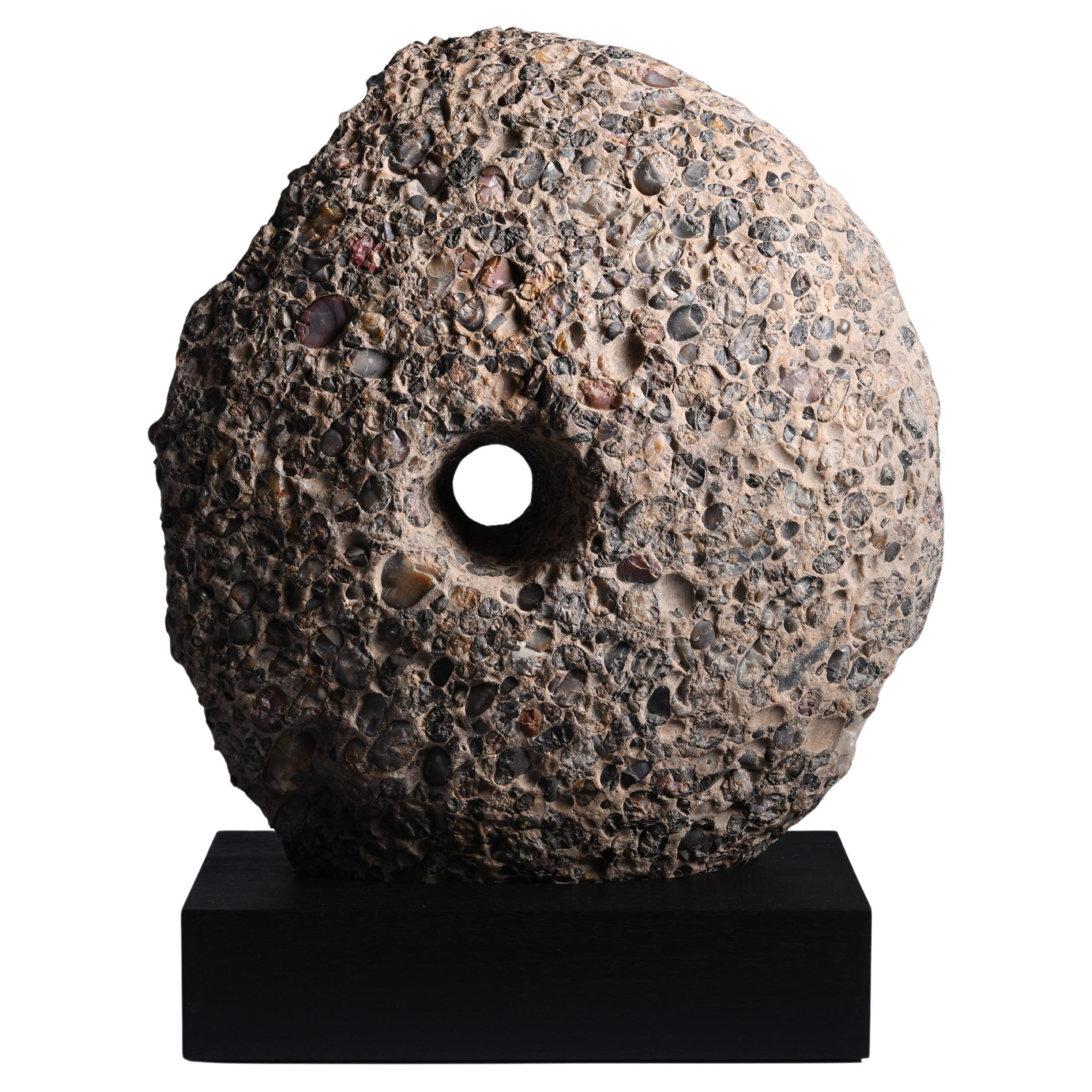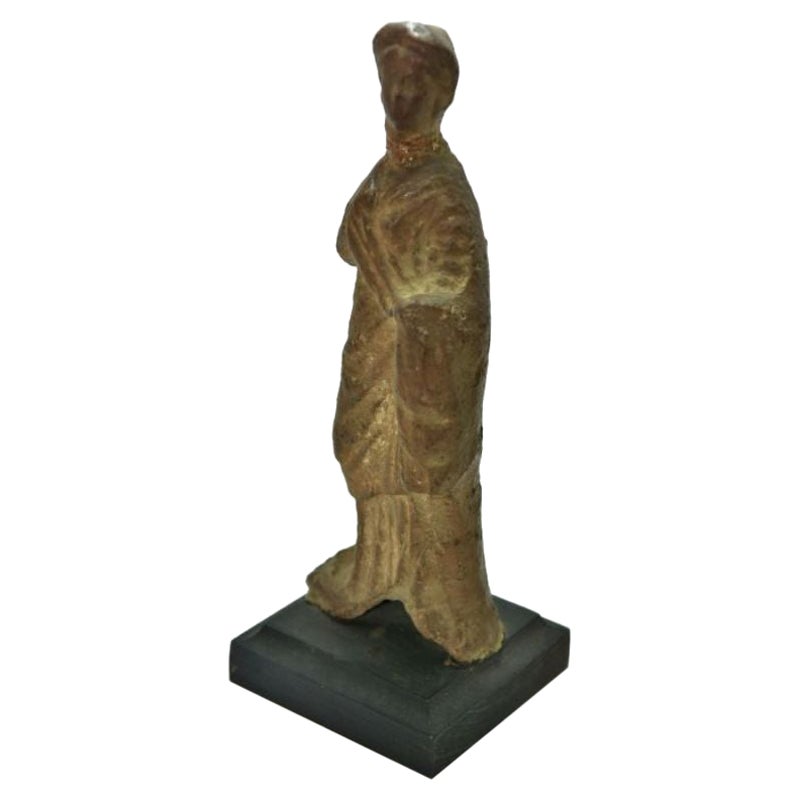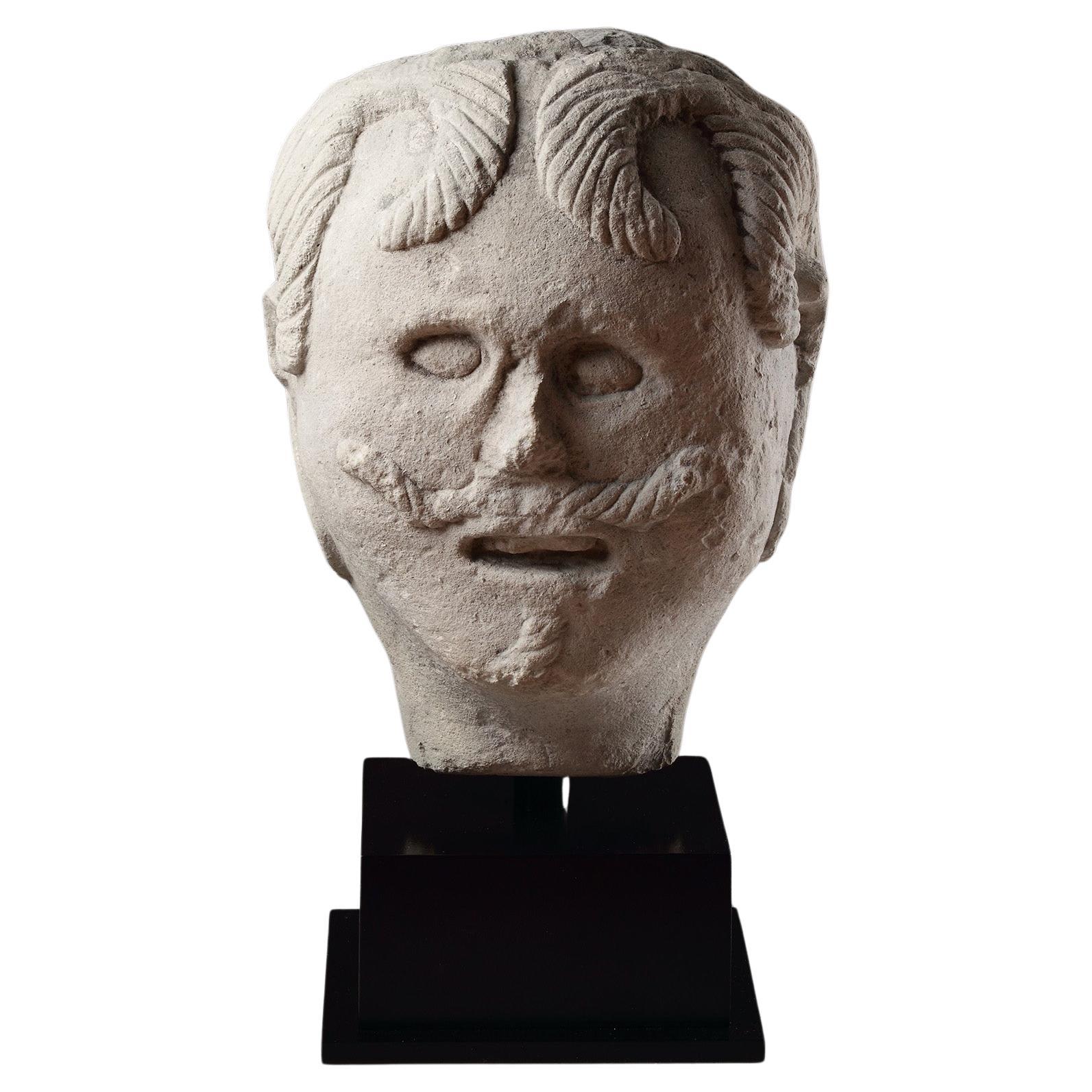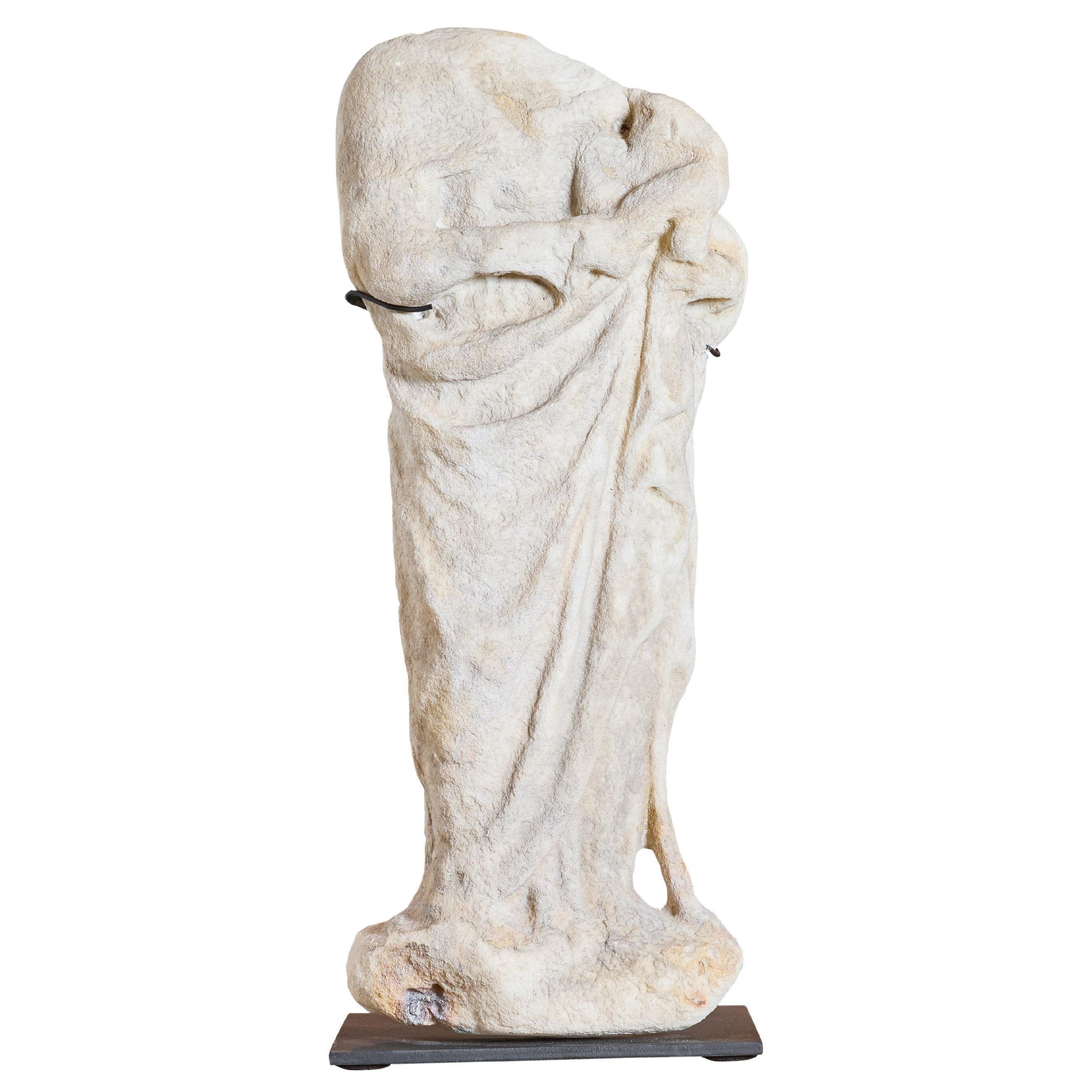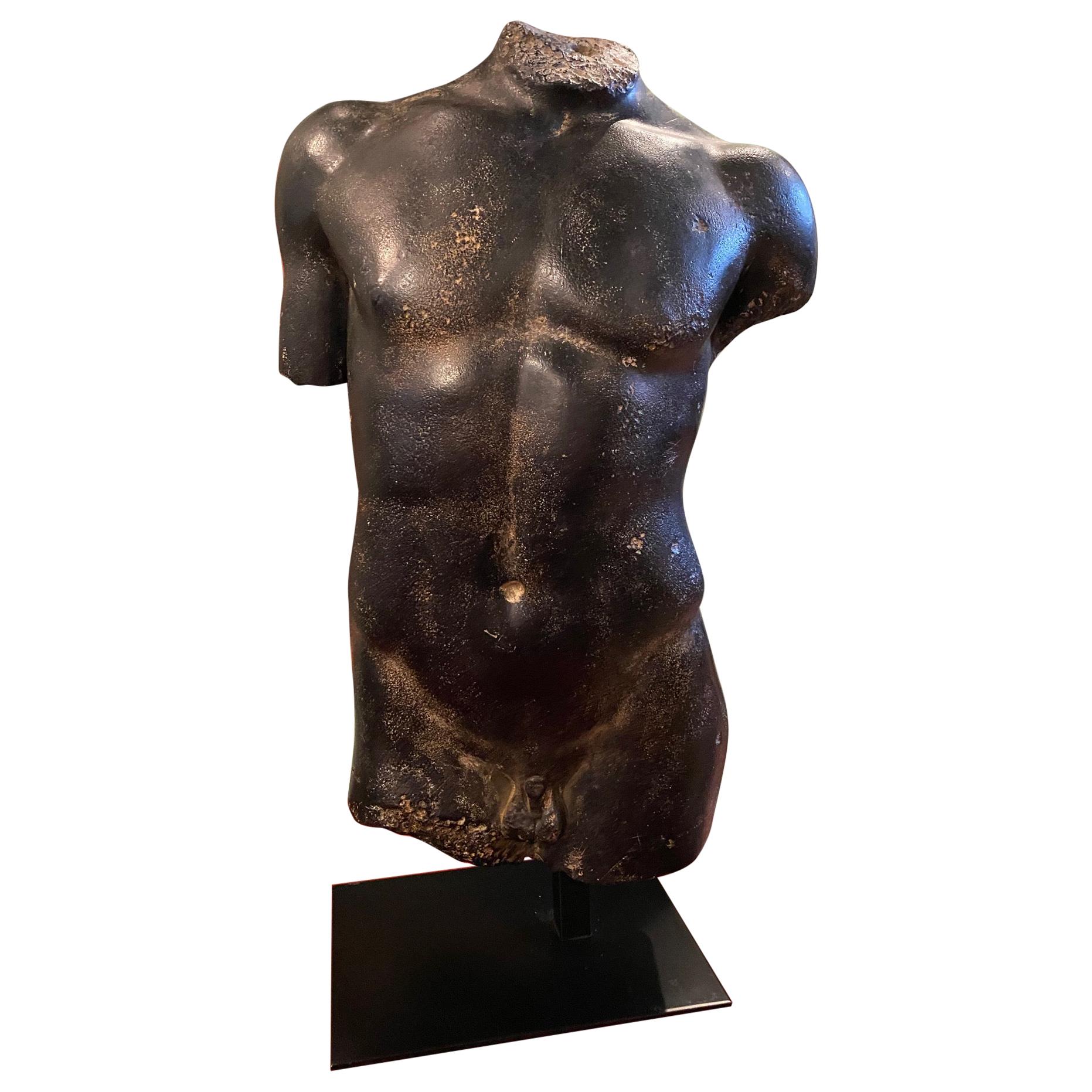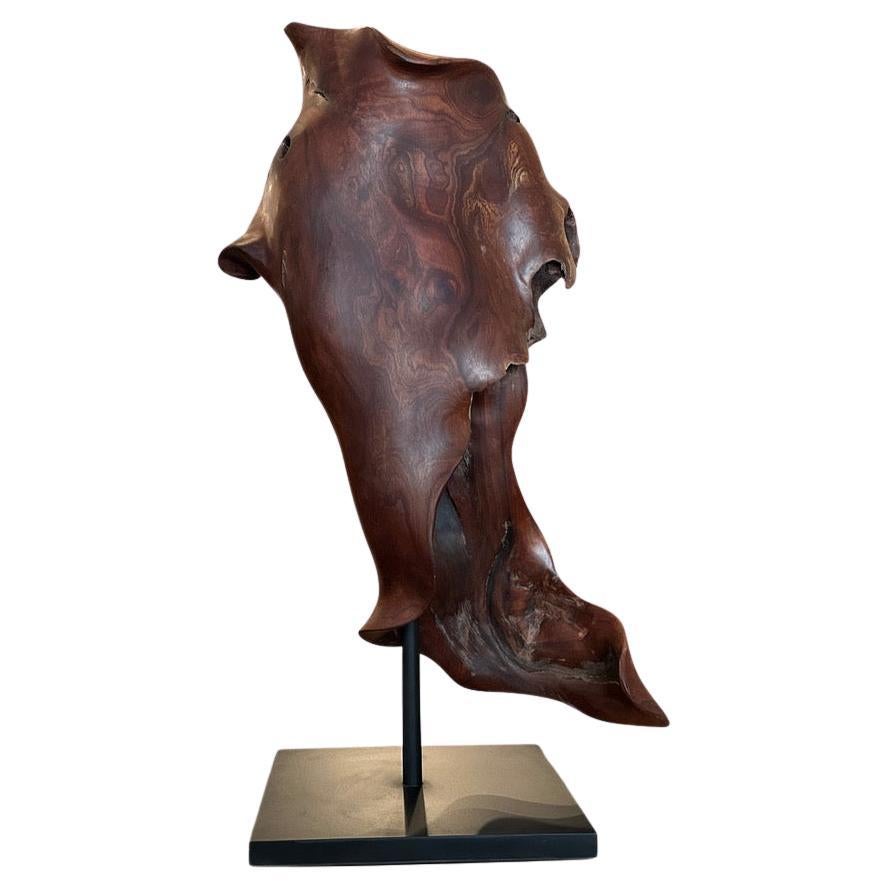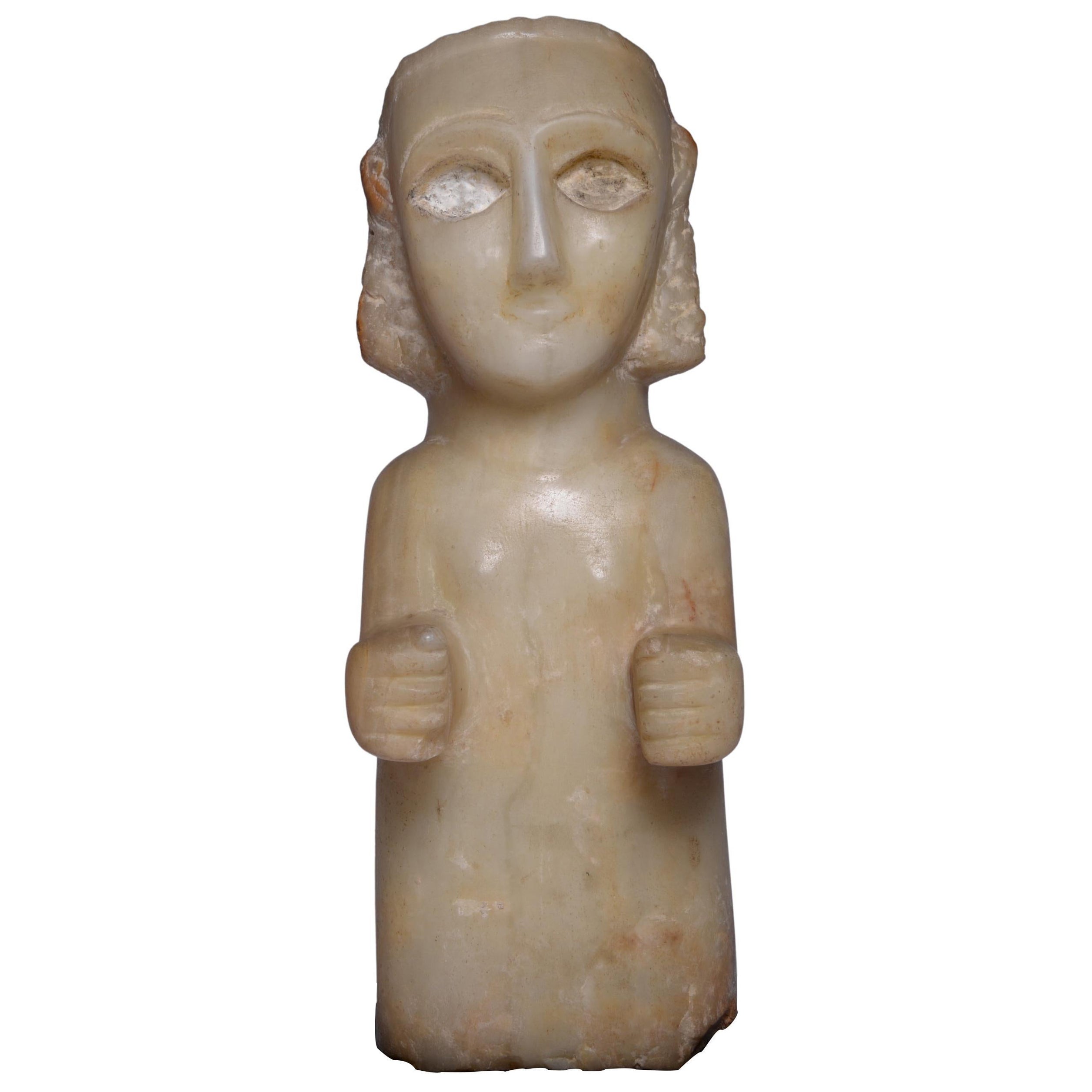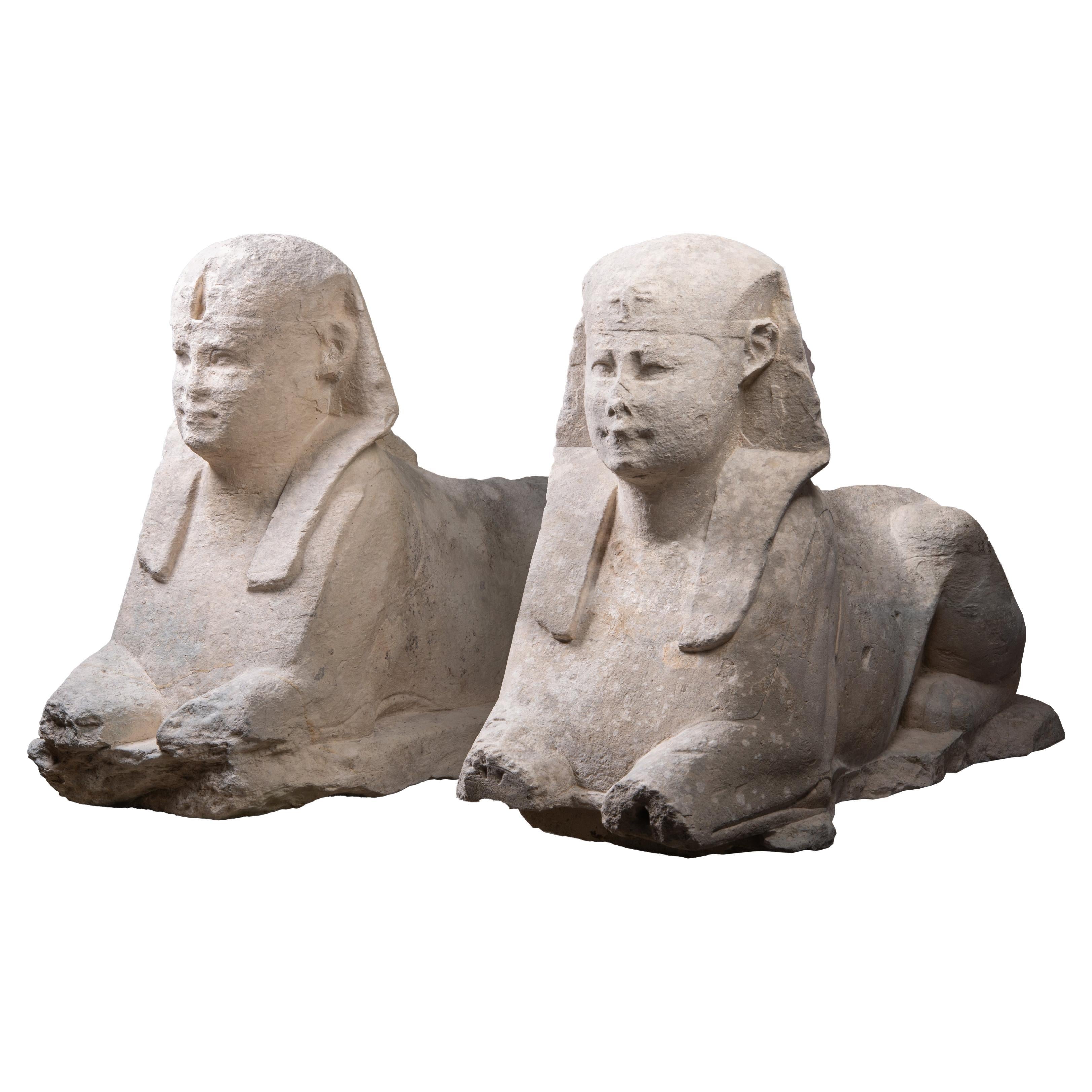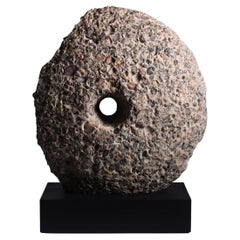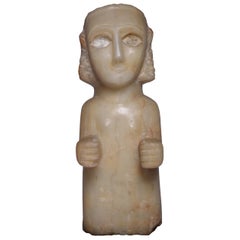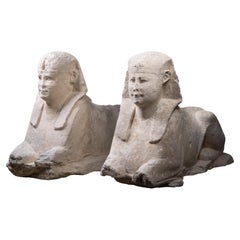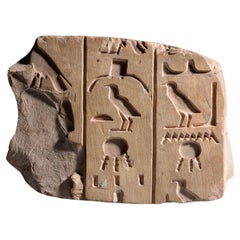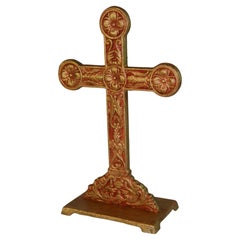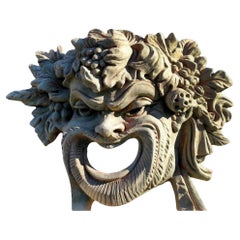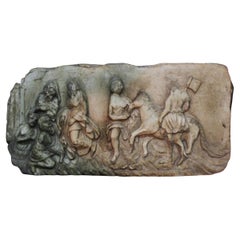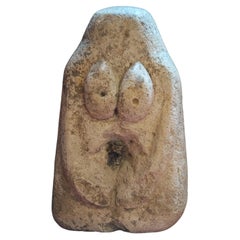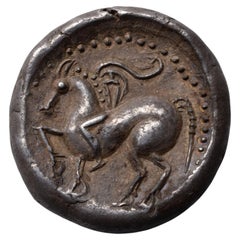
Ancient Silver Celtic Tetradrachm Coin
View Similar Items
Video Loading
Want more images or videos?
Request additional images or videos from the seller
1 of 7
Ancient Silver Celtic Tetradrachm Coin
$14,500List Price
About the Item
- Dimensions:Height: 8.12 in (20.6 cm)Diameter: 8.12 in (20.6 cm)
- Materials and Techniques:
- Period:
- Date of Manufacture:circa 2nd-1st Century B.C.
- Condition:
- Seller Location:London, GB
- Reference Number:Seller: 420661stDibs: LU1052232741462
About the Seller
5.0
Recognized Seller
These prestigious sellers are industry leaders and represent the highest echelon for item quality and design.
Established in 2007
1stDibs seller since 2014
101 sales on 1stDibs
Typical response time: 1 hour
Associations
LAPADA - The Association of Arts & Antiques DealersInternational Confederation of Art and Antique Dealers' AssociationsThe British Antique Dealers' Association
Authenticity Guarantee
In the unlikely event there’s an issue with an item’s authenticity, contact us within 1 year for a full refund. DetailsMoney-Back Guarantee
If your item is not as described, is damaged in transit, or does not arrive, contact us within 7 days for a full refund. Details24-Hour Cancellation
You have a 24-hour grace period in which to reconsider your purchase, with no questions asked.Vetted Professional Sellers
Our world-class sellers must adhere to strict standards for service and quality, maintaining the integrity of our listings.Price-Match Guarantee
If you find that a seller listed the same item for a lower price elsewhere, we’ll match it.Trusted Global Delivery
Our best-in-class carrier network provides specialized shipping options worldwide, including custom delivery.More From This Seller
View AllAncient Gallo Roman Millstone
Located in London, GB
Gallo-Roman Quernstone
Fécamp, Seine-Maritime, France
Circa 2nd century BC - mid-4th century AD
Carved puddingstone
Diameter: 43 cm
The lower grinding stone from a late Iron Age, ea...
Category
Antique 15th Century and Earlier French Mounted Objects
Materials
Stone
Ancient South Arabian Alabaster Statue
Located in London, GB
South Arabian Calcite female figure
3rd Century BC to 1st century A.D.
Calcite Alabaster
height: 30.5 cm
A magnificent alabaster female figure, a f...
Category
Antique 15th Century and Earlier Yemeni Figurative Sculptures
Materials
Alabaster
Ancient Egyptian Monumental Temple Sphinxes
Located in London, GB
A pair of monumental limestone sphinxes of Pharaoh Nectanebo I, from the processional avenue of the Serapeum of Memphis, 30th Dynasty, circa 379 - 360 BC.
The sphinxes of the Serapeum have captivated travellers since Roman times. However, despite their significance, they are conspicuously absent from the collections of most major museums. Indeed, their existence in private hands is so improbable, and their imitations so numerous, that the present sphinxes were assumed to be modern copies throughout their recent ownership history. Finally recognised and conserved after an extraordinary chance discovery at a garden furniture sale...
Category
Antique 15th Century and Earlier Egyptian Egyptian Figurative Sculptures
Materials
Limestone
Ancient Egyptian Limestone Relief with Hieroglyphs
Located in London, GB
Egyptian New Kingdom Relief Fragment
Carved limestone
New Kingdom, circa 1550-1069 BC
12 x 16.5 cm
This beautiful fragment preserves three columns of neat hieroglyphs deeply carved ...
Category
Antique 15th Century and Earlier Egyptian Mounted Objects
Materials
Limestone
Ancient Egyptian Painted Relief Carving of a Man and his Wife
Located in London, GB
A superb raised relief, carved in fine native limestone during a golden era of cultural and artistic flourishing in ancient Egypt. The scene portrays a high-ranking official, elegant...
Category
Antique 15th Century and Earlier Mounted Objects
Materials
Limestone
Ancient Greek Perfume Bottle
Located in London, GB
Athenian Black-glaze perfume pot with inscription
Athens, c. 425-400 B.C.
Terracotta
Measures: Height: 9cm; diameter across lip: 7.5cm; width including handle: 9cm
This 5th Cen...
Category
Antique 15th Century and Earlier Italian Classical Greek Bottles
Materials
Pottery
You May Also Like
Antique French Gilt Iron Celtic Crass
Located in Douglas Manor, NY
1703 Antique French gilt iron Celtic cross
Category
Vintage 1920s Mounted Objects
Materials
Iron
ANCIENT ROMAN MASk
Located in Madrid, ES
COPY OF AN ANCIENT ROMAN MASK MADE IN TERRACOTTa
Category
Vintage 1970s Mounted Objects
Materials
Terracotta
$3,138
Ancient religious relief
Located in Rome, IT
Marble relief, probably made in Greece, early 20th century,. ADDITIONAL PHOTOS, INFORMATION OF THE LOT AND SHIPPING INFORMATION CAN BE REQUEST BY SENDING AN EMAIL. Indicative shippin...
Category
Mid-20th Century Italian Figurative Sculptures
Materials
Marble
$4,659
Celtic Granite Carved Bust of a Female Figure
Located in Saint-Ouen, FR
CELTIC GRANITE CARVED BUST OF A FEMALE FIGURE
ORIGIN: FRANCE
PERIOD: CELTE
Height: 46 cm
Length: 28 cm
Depth: 16 cm
Made of granite
The body shapes of this figure are scarce...
Category
Antique 15th Century and Earlier Busts
Materials
Granite
Ancient Terracotta Tanagra, 'Restored'
Located in Marseille, FR
Old Tanagra in terracotta (restored) 18 cm high.
Additional information:
Material: Terracotta
Dimension: 18 H cm.
Category
Antique 15th Century and Earlier Figurative Sculptures
Materials
Terracotta
Ancient Roman Marble Sculpture
Located in Round Top, TX
Ancient Roman marble sculpture. Includes custom iron stand. This is the real thing!
Category
Antique 15th Century and Earlier Italian Figurative Sculptures
Materials
Marble, Iron
Recently Viewed
View AllMore Ways To Browse
Tiered Table Lamp
Arched Sofa
Bird Patterns China
Brazilian Rosewood Table
Chinese Dragon Wool Carpet
Chinese Elm Table
Chrome Candelabra
Entry Gates
Flower Lamp Glass And Brass
French Industrial Sconce
Italian Curved Desk
Italian Plant Stand
Ivory Coast
Large Amber Glass Vase
Large Bubbles Murano Glass
Large Ceramic Pot
Large Hotel Chandeliers
Large Vintage Opal
